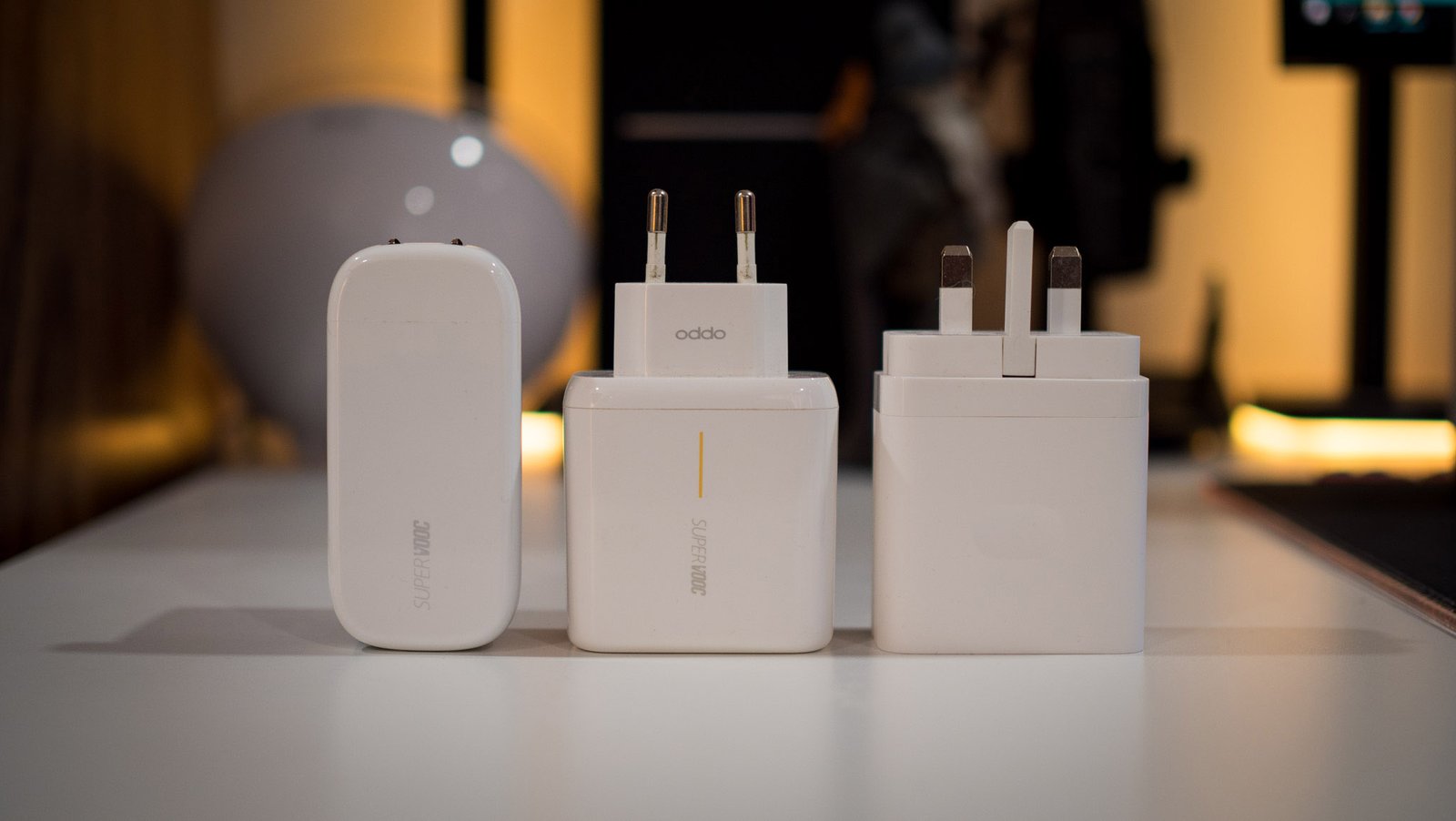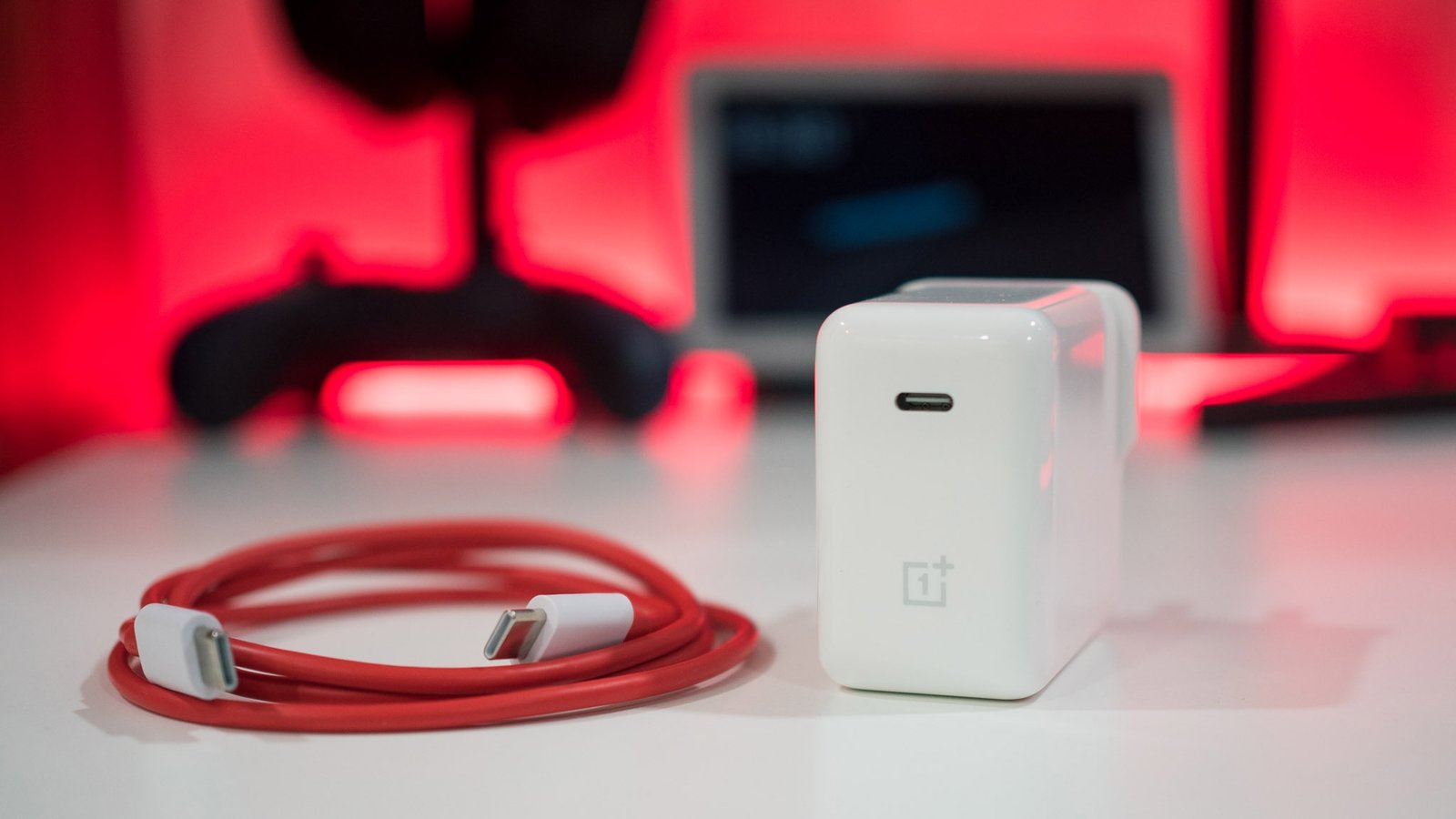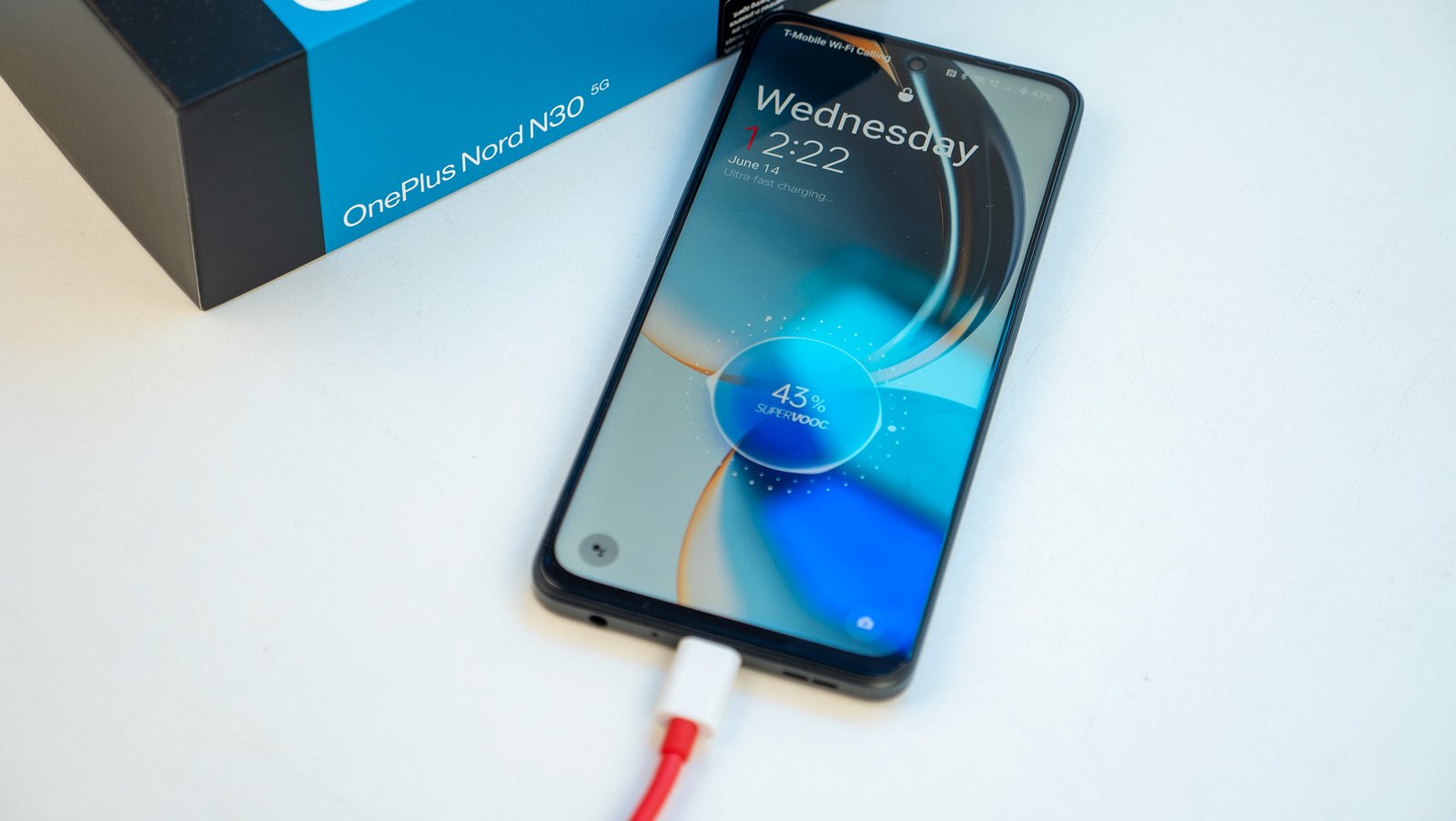All Android phones come with fast charging capabilities, but the standards can vary significantly. While many brands use USB’s Power Delivery standard, Chinese manufacturers have their own technology that allows for faster charging speeds on their phones.
OPPO’s SuperVOOC is a standout in this area, offering speeds of up to 240W for battery charging. Most OnePlus and OPPO phones currently on the market support 65W and 100W charging, allowing for a full battery charge in under 30 minutes.
For comparison, the Samsung Galaxy S24 Ultra uses 45W charging but takes over 60 minutes to fully charge the battery, which is more than twice as long as OnePlus 12 or OPPO phones. The advantage of 100W fast charging on OnePlus and OPPO devices is that long-term battery degradation remains comparable to other phones.
So, let’s explore everything you need to know about the SuperVOOC charging standard, its evolution, functionality in the latest devices, and how it differs from other fast charging solutions.
Evolution of fast charging

In 2014, OPPO introduced its VOOC charging technology, abbreviating Voltage Open Loop Multi-step Constant-Current Charging to VOOC for simplicity. Initially offering 20W charging, the standard allowed devices like the OnePlus 6T to charge up to 60% in just 35 minutes, a significant achievement at the time.
SuperVOOC, introduced in 2006, increased charging to 50W by providing 10V at 5A, but few devices adopted this standard. The major upgrade came in 2019 with the launch of VOOC 3.0, making 30W charging standard across most OnePlus and OPPO devices with 5V/6A fast charging, enabling devices like the OnePlus 7T to reach a 70% charge in just 30 minutes.
In 2020, SuperVOOC 2.0 set the 65W standard still in use today, shifting the charging technology to deliver 10V over 6.5A for full device charging in under 40 minutes. Testing the OnePlus 8T in 2020 showed a record 38-minute charge time.

OnePlus adopted OPPO’s charging technology from the outset, renaming it as needed. The 20W standard was initially called Dash Charge, switching to Warp Charge with the move to 30W, and eventually becoming Warp Charge 65 with the introduction of 65W charging.
A derivative of this, called 65T, was featured on the OnePlus 9 Pro, allowing for extended duration sustained voltage and a full charge in under 30 minutes. One key advantage of the SuperVOOC standard is that it minimizes device overheating by integrating most charging circuitry into the wall unit.
While you can only achieve the quoted charging speeds with a SuperVOOC charger, USB PD also supports 65W charging but with different voltages, lacking the same advantages.
How does SuperVOOC work?

Standard smartphone batteries are highly reactive, prompting phone companies to incorporate protective measures into the charging circuitry. Fast charging operates on the principle of providing a higher voltage to the battery initially and then tapering as the charge increases.
Quick Charge technology from Qualcomm boosts the voltage to expedite charging time and is fully compatible with the USB-C Power Delivery (PD) specification. Although some brands like ASUS leverage Qualcomm’s solution, most have transitioned to USB PD.

Starting with the Galaxy Note 10 series, Samsung switched to USB Power Delivery’s Programmable Power Supply spec, offering 45W charging. This remains consistent on its latest devices, with mid-range phones typically using a 25W standard.
SuperVOOC’s uniqueness lies in its utilization of a dual-cell battery setup. For example, the OnePlus 12 features a 5400mAh battery composed of two 2700mAh cells. This allows the 100W charge to be distributed evenly across both batteries simultaneously, enabling the device to charge in under 30 minutes.
The primary distinction between SuperVOOC and other charging standards is that while USB PD relies on higher voltages, OPPO focuses on delivering higher amperage. With USB PD sending 20V at 3.25A for 65W charging, SuperVOOC provides 10V at 6.5A for the same power output. Additionally, by housing most of the necessary circuitry in the wall unit, SuperVOOC offers all the benefits of fast charging without overheating concerns.
SuperVOOC 100W: Charging your phone in 30 minutes
